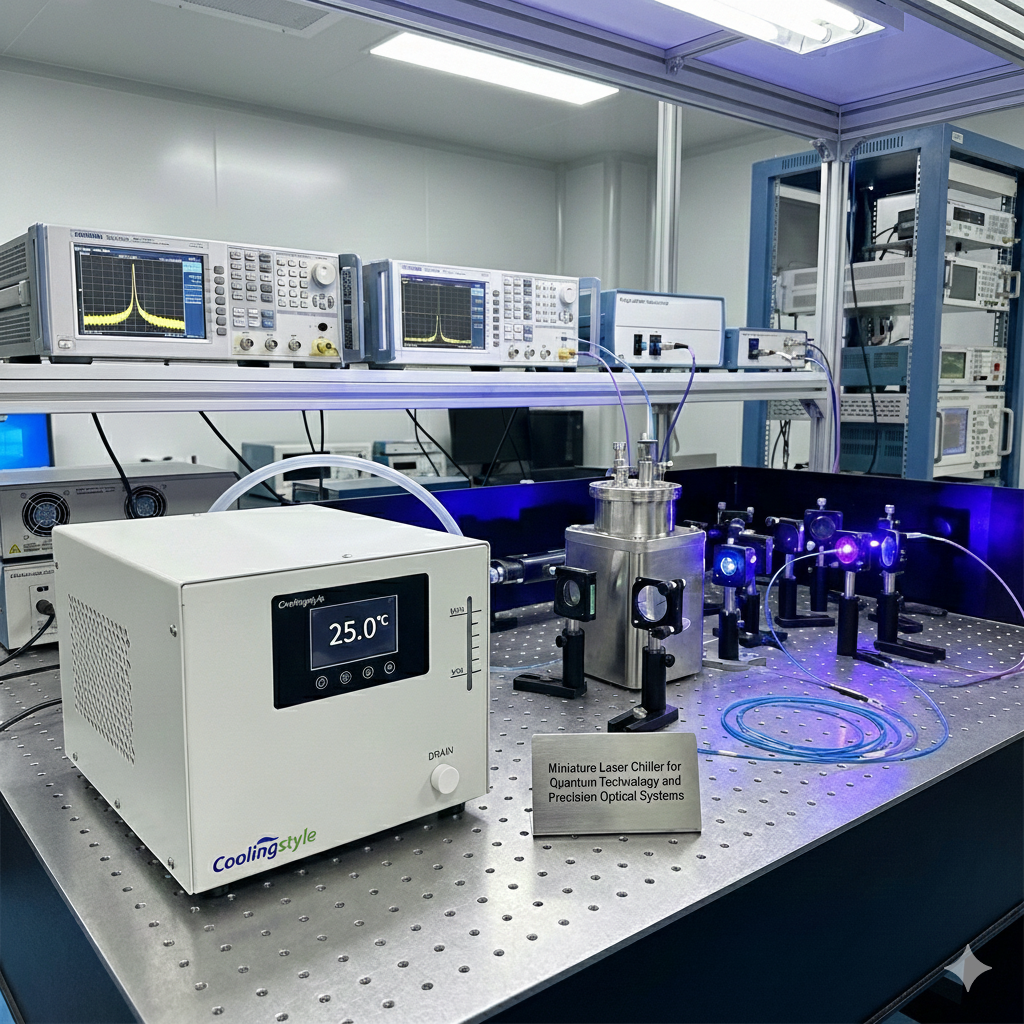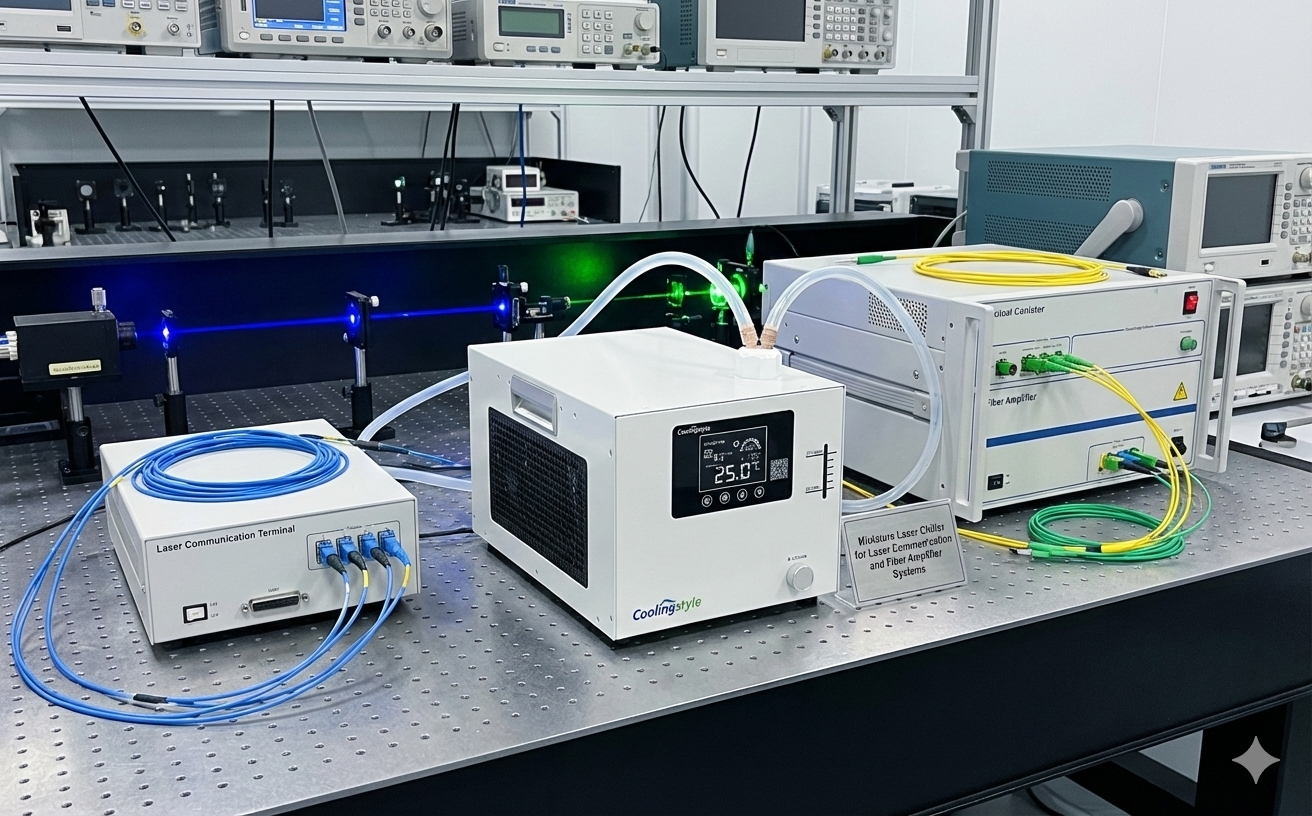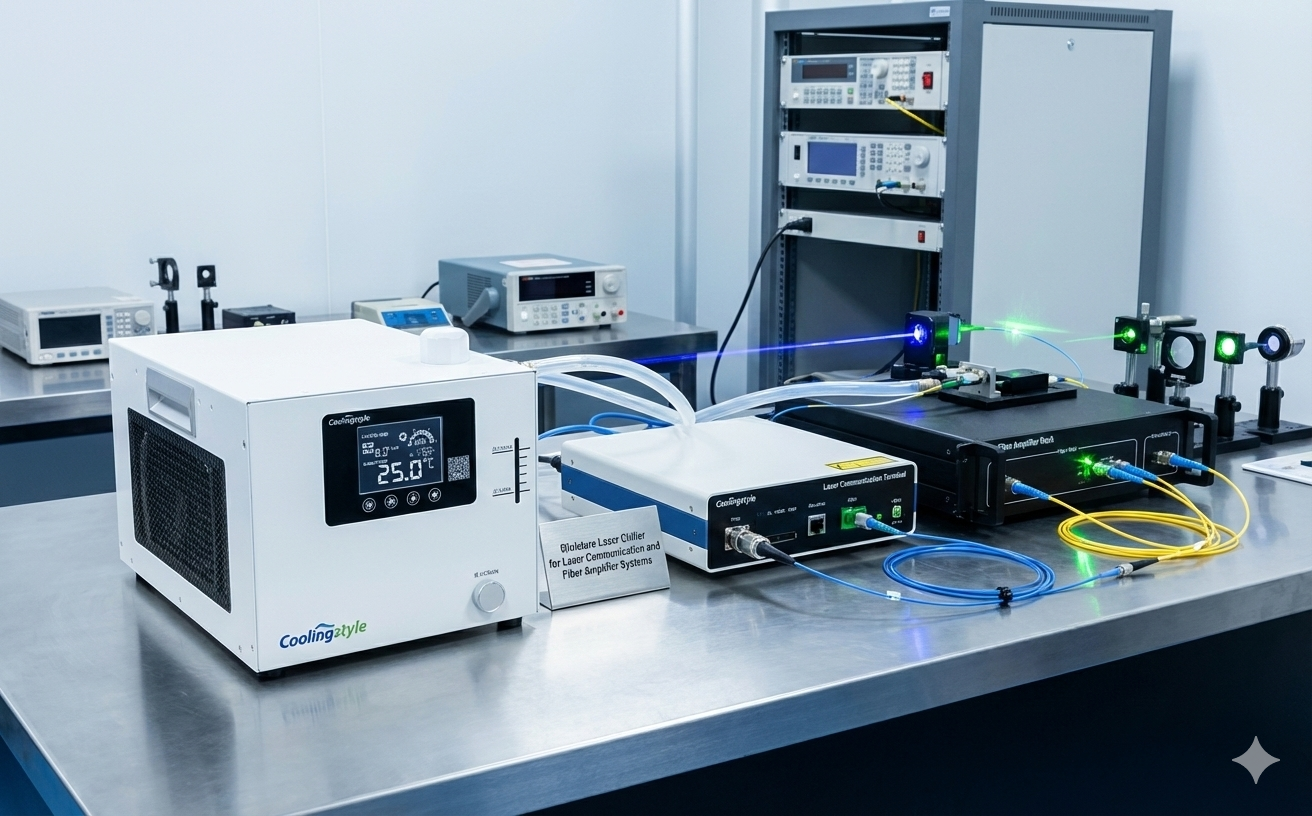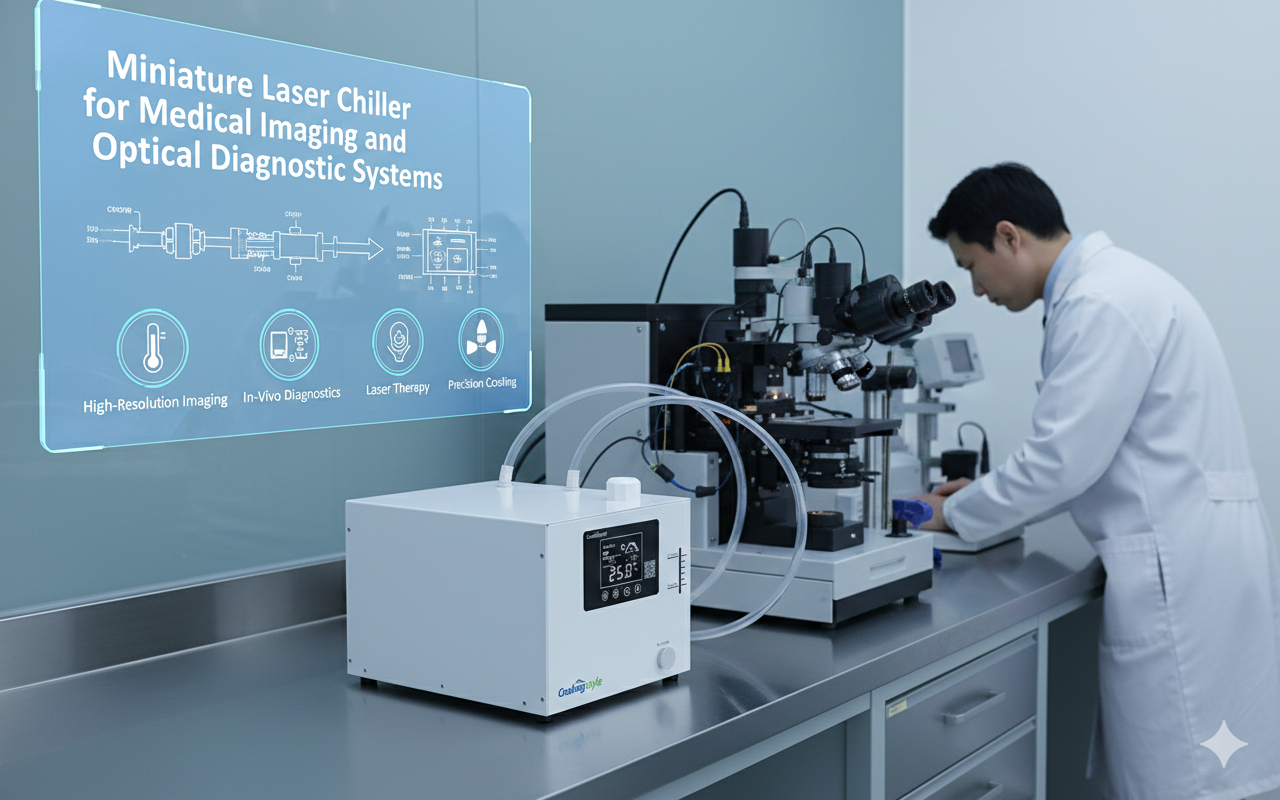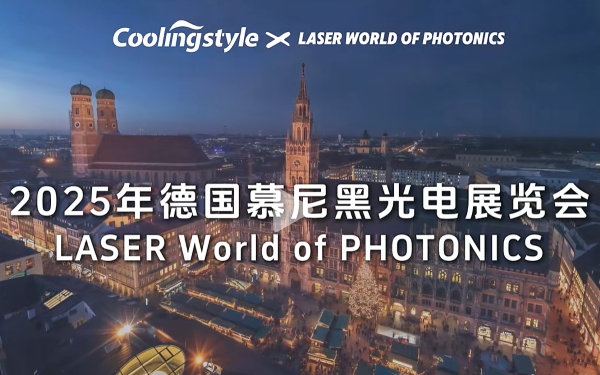The rise of ultrashort pulse lasers has revolutionized material processing, offering unprecedented precision through cold processing. Unlike conventional methods, these lasers can remove material through sublimation without significant heat effects, enabling precise cuts and minimal thermal damage. However, their advanced capabilities come at a high cost, requiring careful selection of the laser type and platform.
This article explores the differences between nanosecond, picosecond, and femtosecond lasers, shedding light on their unique applications and benefits.
Understanding Ultrashort Pulsed Lasers: Nanosecond, Picosecond, and Femtosecond
The rise of ultrashort pulse lasers has revolutionized material processing, offering unprecedented precision through cold processing. Unlike conventional methods, these lasers can remove material through sublimation without significant heat effects, enabling precise cuts and minimal thermal damage. However, their advanced capabilities come at a high cost, requiring careful selection of the laser type and platform.
This article explores the differences between nanosecond, picosecond, and femtosecond lasers, shedding light on their unique applications and benefits.
What Are Nanosecond Lasers?
Nanosecond lasers produce pulses lasting in the nanosecond range (10⁻⁹ seconds) using techniques like Q-switching and gain switching. These lasers are widely used for:
- Laser ablation
- Marking
- Distance measurement
- Satellite imagery
Key Features:
- Versatility: Available in wavelengths from ultraviolet to infrared.
- Pulse Energy: Ranges from nanojoules to joules.
- Applications: Affordable and widely used in industrial laser processing and marking.
Advantages:
Cost-effective for large-scale operations.
High flexibility in pulse duration and repetition rates.
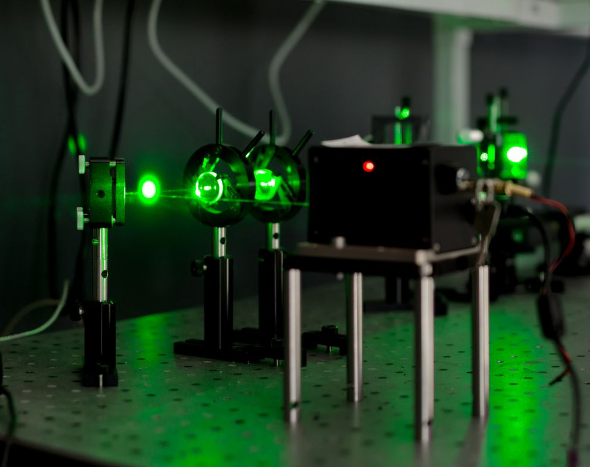
What Are Picosecond Lasers?
Picosecond lasers generate pulses lasting between 1 and tens of picoseconds (10⁻¹² seconds). These ultrashort pulses enable more precise material processing with minimal heat-affected zones.
Applications:
- Medical procedures
- Laser ablation
- High-precision micromachining
- Optical parametric oscillator (OPO) pumping
Advantages:
Faster processing with enhanced precision.
Smooth material removal without reworking the surface.
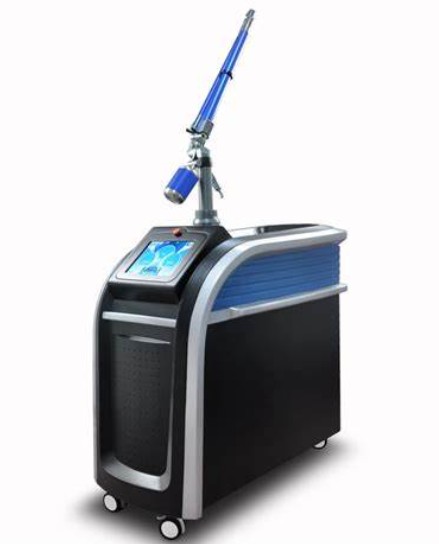
What Are Femtosecond Lasers?
Femtosecond lasers produce pulses lasting less than 1 picosecond (10⁻¹⁵ seconds), offering the shortest pulse durations among ultrashort pulse lasers.
Key Features:
- High Precision: Minimal thermal impact and near-perfect cutting accuracy.
- Mode Locking: Generates high-repetition-frequency pulse trains for precise ablation.
Applications:
- Cutting-edge medical devices
- Advanced polymers
- Complex industrial micromachining
Advantages:
Handles materials previously unsuitable for laser processing, including polymers.
Exceptional quality and finer detail in material processing.

Nanosecond vs. Picosecond vs. Femtosecond Lasers
| Feature | Nanosecond Laser | Picosecond Laser | Femtosecond Laser |
|---|---|---|---|
| Pulse Duration | 10⁻⁹ seconds | 10⁻¹² seconds | 10⁻¹⁵ seconds |
| Thermal Impact | Higher | Moderate | Negligible |
| Processing Speed | Moderate | Faster | Fastest |
| Precision | Good | Very Good | Excellent |
| Applications | Marking, ablation, imaging | Micromachining, medical applications | Ultra-precision cutting, polymers |
| Cost | Affordable | Higher | Highest |
Importance of Ultrashort Pulse Lasers
Ultrashort pulse lasers excel in cold processing, where material is removed with minimal thermal impact. This process significantly enhances:
Versatility: Works across materials, including metals, polymers, and ceramics.
Precision: Reduces thermal distortion for intricate designs.
Efficiency: Accelerates ablation rates while minimizing waste.
Picosecond vs. Femtosecond: Which Is Better?
The choice between picosecond and femtosecond lasers depends on the specific application:
Precision: Femtosecond lasers are ideal when ultra-high accuracy is critical.
For Metals: Differences are minor; both deliver excellent results.
For Polymers: Femtosecond lasers are superior, achieving finer detail with fewer irregularities.
Cost Efficiency: Picosecond lasers process materials faster, making them cost-effective for large-scale operations.

Challenges in Using Ultrashort Pulse Lasers
While ultrashort pulse lasers offer unmatched precision, several factors must be considered:
- Cost: These lasers are expensive, requiring a clear return on investment.
- Environment: Stable, temperature-controlled settings are essential to maintain performance.
- Material Testing: Experiments with different lasers and wavelengths are necessary to identify the best fit for specific materials.
Conclusion
Ultrashort pulse lasers, including nanosecond, picosecond, and femtosecond lasers, have transformed material processing. Their ability to achieve precise, high-quality results with minimal thermal impact opens up new possibilities across industries.
While nanosecond lasers dominate cost-sensitive applications, picosecond and femtosecond lasers are pushing the boundaries of precision and efficiency. The choice ultimately depends on balancing cost, application needs, and desired processing quality. With ongoing advancements, ultrashort pulse lasers are set to redefine manufacturing and material processing standards.
